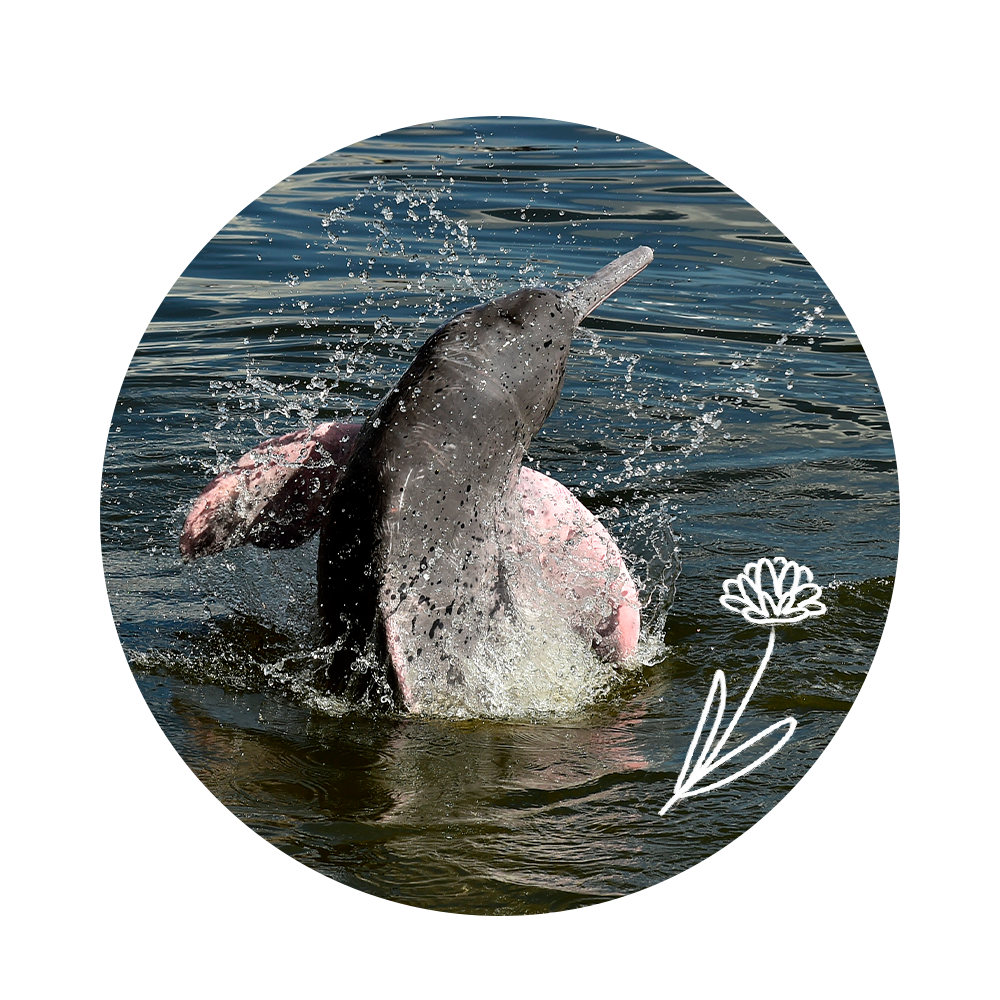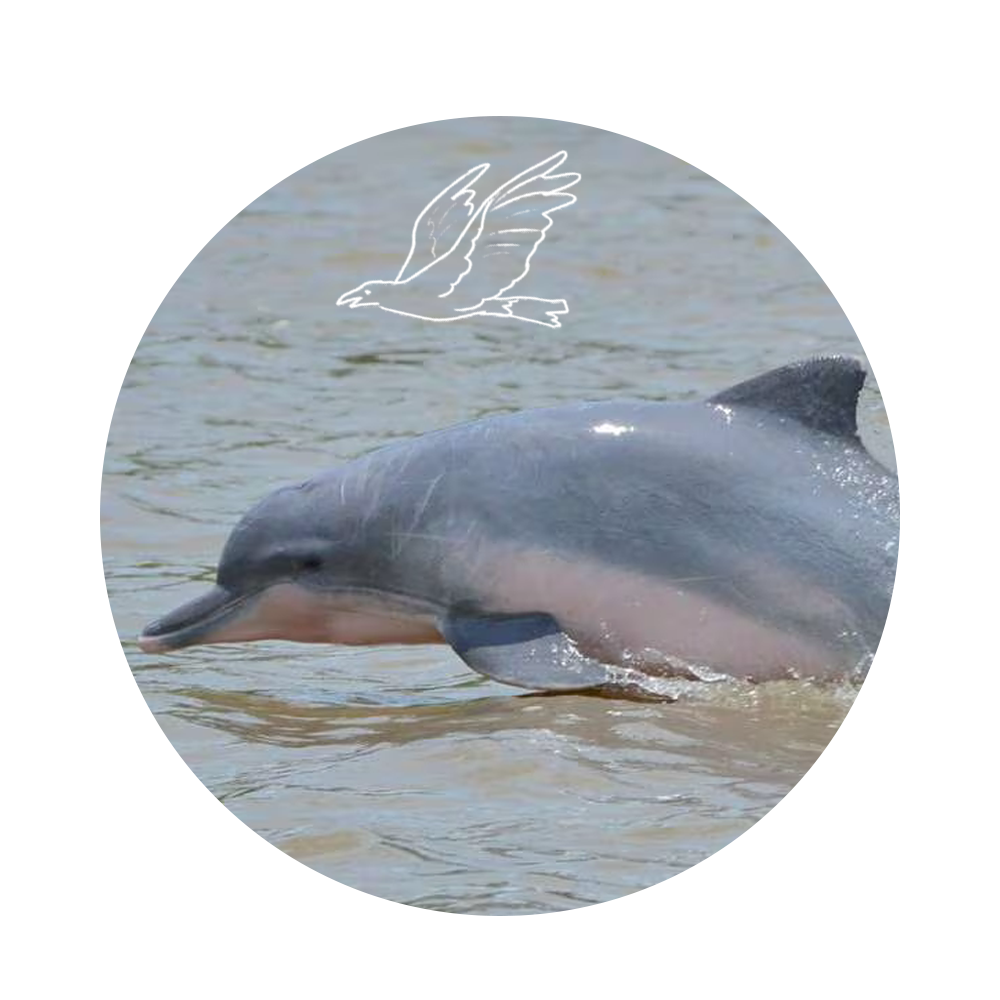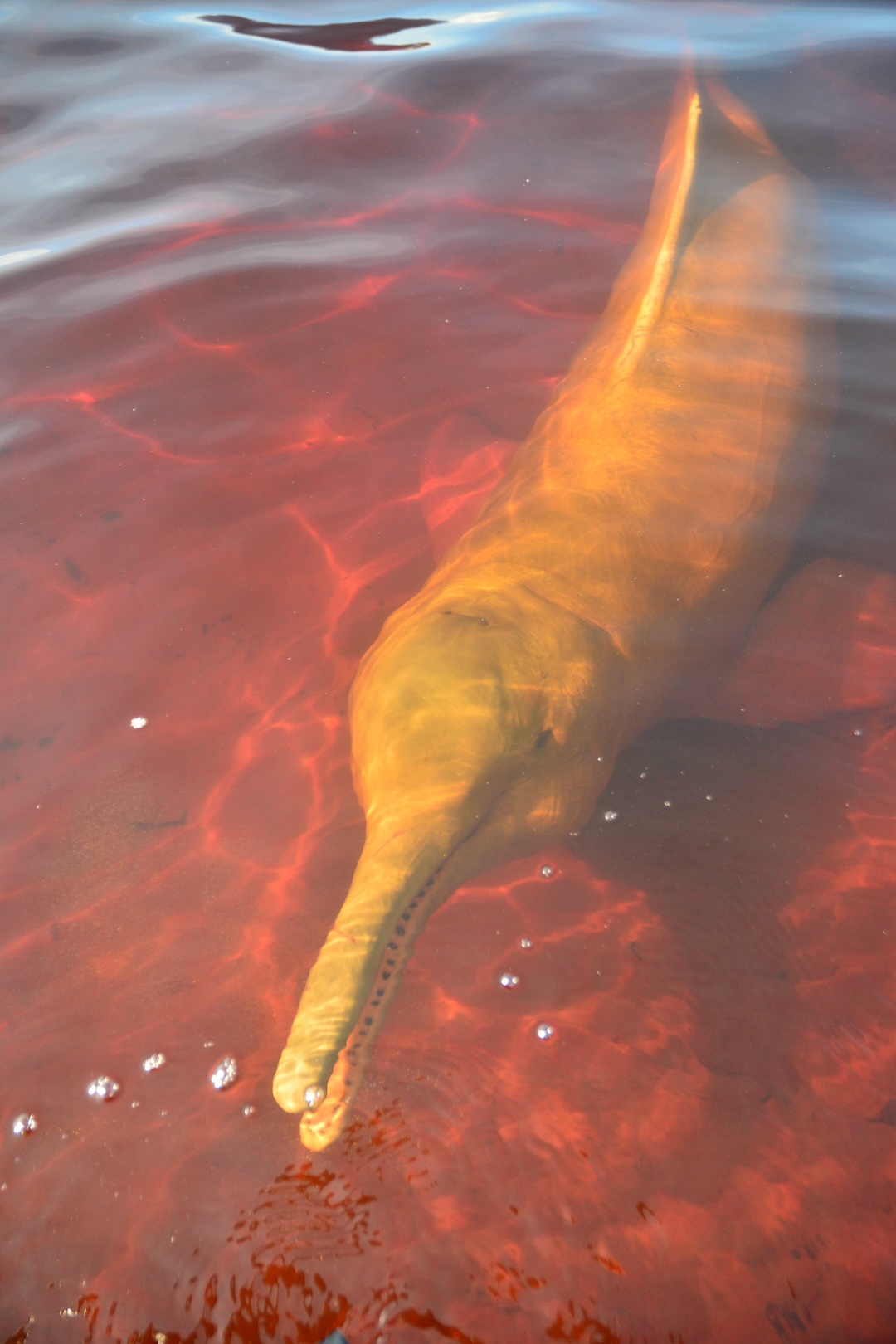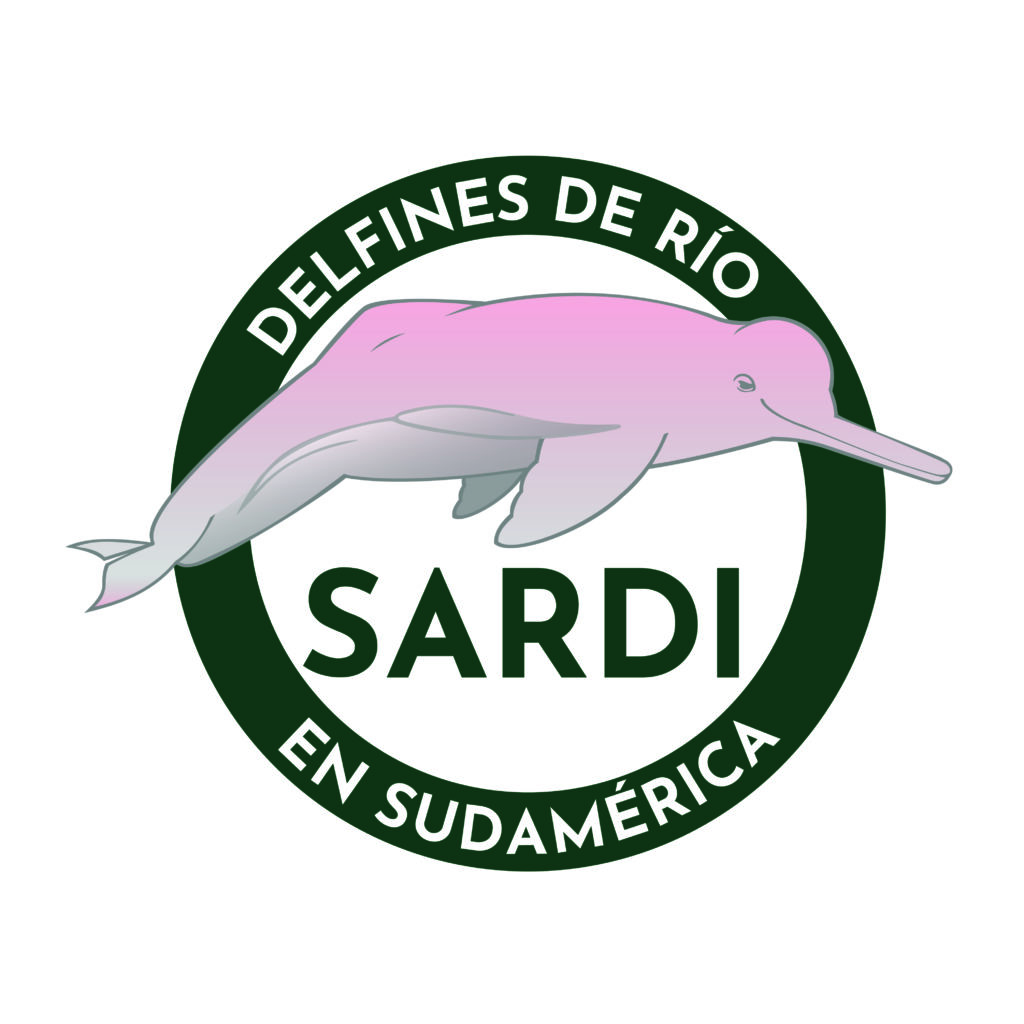About us
SARDI
SOUTH AMERICAN RIVER DOLPHIN INITIATIVE
What is SARDI?


Who joins us for this initiative?
We are joined by seven countries Bolivia, Brazil, Colombia, Ecuador, Guyana, Peru, Venezuela. We work collaboratively between environmental organizations such as Solinia; the Mamirauá Institute and the Aqualie Institute; National Institute of Biodiversity (INABIO); Venezuelan Institute for Scientific Research (IVIC) and the Sotalia project in Venezuela; National Biodiversity Institute; Omacha Foundation; Faunagua respectively and WWF with its offices in Bolivia, Brazil, Colombia, Ecuador and Peru.
Our work has been strengthened by the support and trust given to us by our funders: WWF European offices, Reckitt, International Whaling Commission (IWC), USAID, Fundation Segré, Supportin Conservation Leaders, The Ruffor Foundation and National Geographic Society, Conservation International , Moore Foundation, Ministério da Ciência e Tecnologia (MCTI), Whitley Found for Nature (WFN).
Additionally, our work is due to the articulation and close collaboration that we have with governments of different countries, NGOs, national and international cooperation agencies and substantially with indigenous and riverine communities.

Camilo Diaz – WWF Colombia
Our bet
We will work together to mitigate the impacts of these threats, focusing efforts on the preservation of the ecosystems of the Amazon and Orinoquia, and the services they provide. In this way we want to ensure the well-being of dolphins and millions of people who share and depend on water and other natural resources.
Our cause
The planet and those of us who inhabit it face more challenges every day due to the accelerated destruction of nature, facing a climate crisis and growing social inequality. This reality has affected multiple species, among them are the South American river dolphins, as their population has decreased exponentially in recent times. Today their habitat and livelihoods are threatened mainly for four reasons:
Construction of infrastructure without adequate planning that considers socio-environmental criteria.
Negative interactions with the fishery.
Pollution of aquatic ecosystems generated by various industries and extractive activities.
Climate change.

